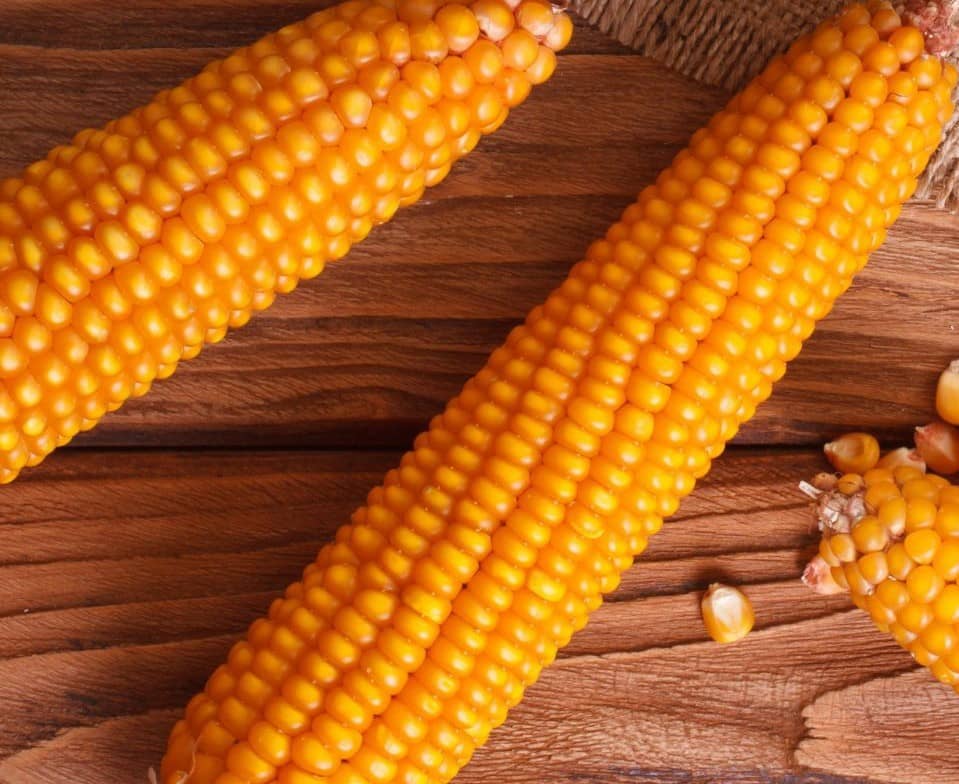Porto Alegre, November 9, 2021 – The commodities market showed a downward movement last week, with the Fed’s profile being more targeted at inflation and excess liquidity. Funds and investors could be demonstrating positions in markets that seem ‘expensive’ and with less chance of rising. Of course, this view can be corrected depending on the events ahead. But for soybeans and corn, factors such as Chinese demand, which is very close to expectations, and corn have not yet resurfaced, besides the good climate development so far in South America, seem to have brought this sign that some markets may lose steam going forward. Wheat also dropped after reaching USD 8.00/bushel and was the main pressuring point on corn in the international market.
The prices of some commodities are very high. It does not seem to be a surprise given the bias given to the global post-pandemic period, that is, everyone expected surges of price hikes and higher inflation when the demand situation began to return to normal. The disruption of production and distribution chains, due to the stoppage of activities in the face of social blockades, has its effects at this time. Some countries, with the observation of high prices and supply tensions, are beginning to try to restrict exports, as is the case of Russia with fertilizers and wheat and China with chemicals and fertilizers. While there is only talk about restricting and not expanding, supply issues are being corrected via prices. For example, it would be more practical for oil-producing countries to increase production to regulate certain supply chains and prices, including urea. High oil prices in a situation where production chains are ‘strangled’ can generate additional demands for segments such as ethanol and biodiesel and distort prices in these segments to non-standard highs, followed by extreme lows as soon as the energy supply chain is back to normal.
This picture is important for us to understand that it is not just a simple and pure supply and demand framework of a commodity. Corn, for example, is evolving toward the end of the second-largest crop in the US history and a record Chinese crop. However, the seasonal price curve was not respected in 2021, that is, prices in the middle of the harvest are firm and even rising when they should be moving toward stability or decline due to the harvest.
As we have already shown, corn basically depends on three factors on the Chicago Board of Trade:
– The wheat price curve;
– The new demand flow for ethanol;
– US exports with the end of the harvest.
Wheat will now depend on planting intentions for winter crops in Europe and North America, as the harvest in Argentina and Australia seems not to have had a strong downward impact. Russia is increasingly trying to protect its own supply and, being the biggest exporter, ends up affecting the global supply. If an environment of moderation for wheat occurs from mid-2022 onwards, corn will keep following the curve.
US exports are not doing as well as expected. So far, there is a cumulative volume of commitments of 31 million tons against 33.2 million tons in the same period last year. The USDA’s annual target is 63.5 million tons. Of course, there is the entire first half of 2022 to confirm performance, which could be better when shipments from Brazil and Ukraine decrease. The domestic demand for ethanol may neutralize these exports, that is, lower export levels with greater domestic demand, perhaps.
However, last week’s prices dropped after reaching nearly USD 5.80/bushel. They are still very high, at USD 5.50/bushel, in relation to the normal seasonal picture. We can reflect that very high fertilizer prices suggest some retention by US growers and, therefore, this support at full harvest. However, it is important to remember that the market is not based on production cost.
Agência SAFRAS Latam
Copyright 2021 – Grupo CMA

